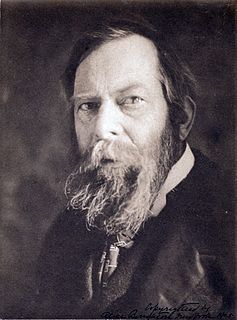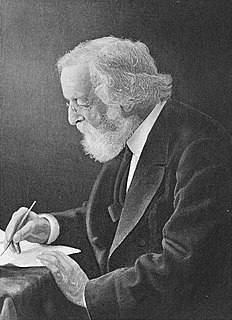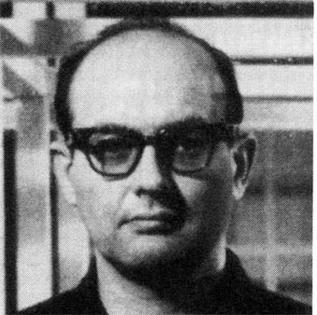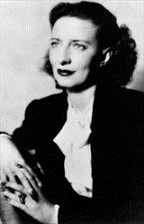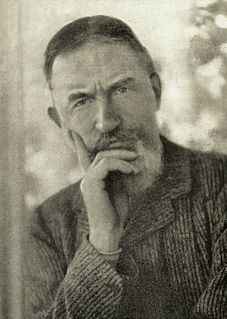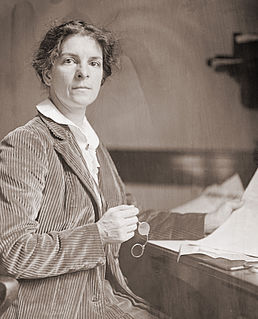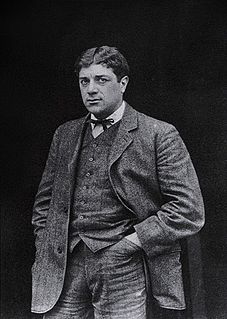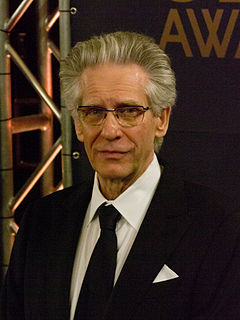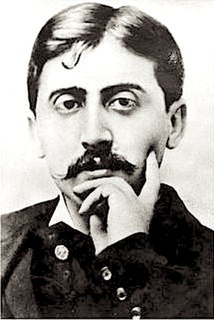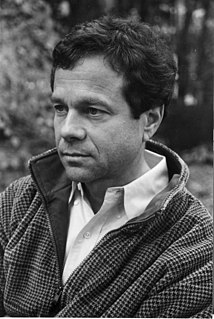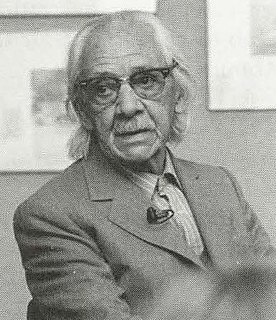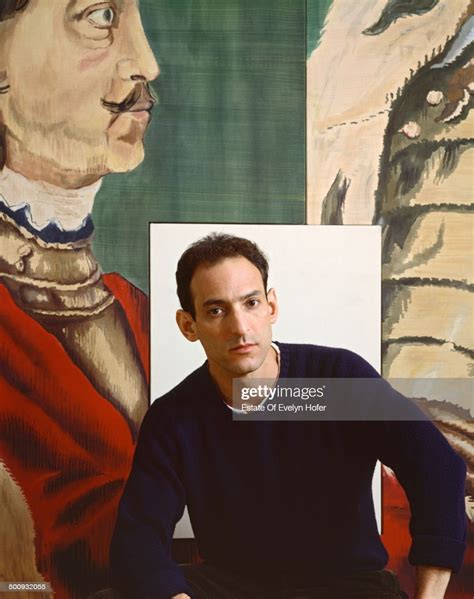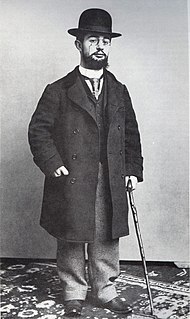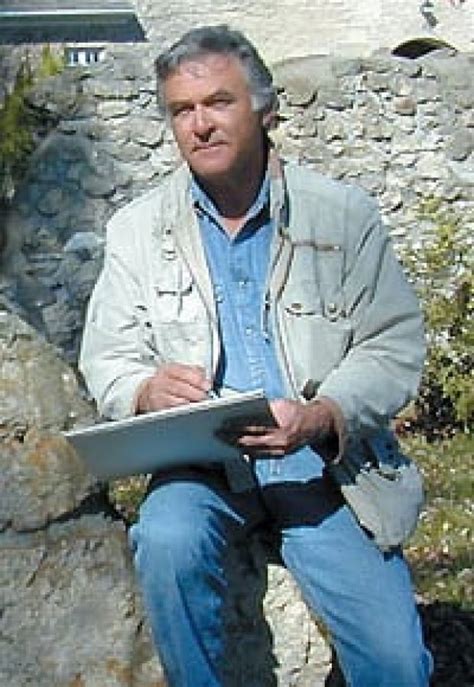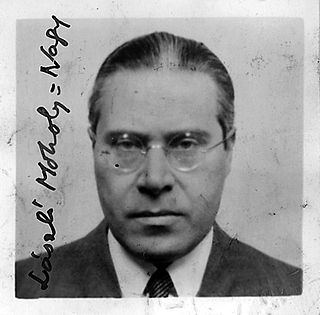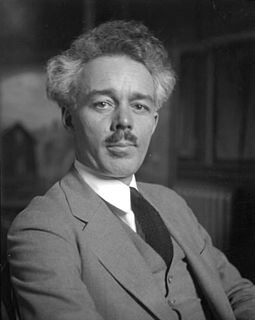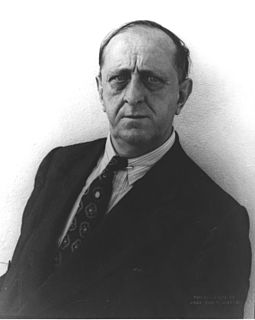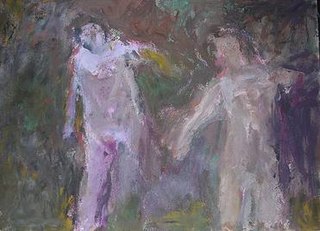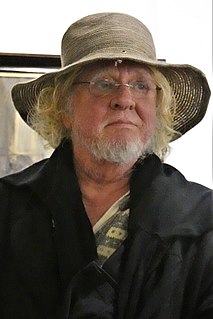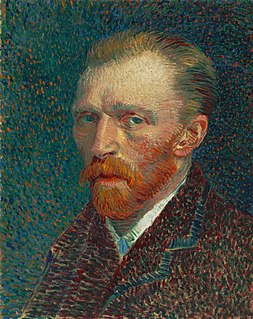A Quote by Albert Pinkham Ryder
It is the first vision that counts. The artist has only to remain true to his dream and it will possess his work in such a manner that it will resemble the work of no other... for no two visions are alike, and those who reach the heights have all toiled up steep mountains by a different route. To each has been revealed a different panorama.
Related Quotes
Let us not torment each other because we are not all alike, but believe that God knew best what He was doing in making us so different. So will the best harmony come out of seeming discords, the best affection out of differences, the best life out of struggle, and the best work will be done when each does his own work, and lets every one else do and be what God made him for.
...the reading, the observing, the living from day to day. It was something that had been born into her and her only - the something different from anyone else in the two families. It was what God or whatever is His equivalent puts into each soul that is given life - the one different thing such as that which makes no two fingerprints on the face of the earth alike.
There is a glorious pattern for every man's life, an individual, perfect patter. No two people are alike ... No two leaves are alike-no two snowstorms-no two sets of fingerprints. No two lives are alike, yet each life holds a divine pattern of unfoldment, a great and holy destiny, rich in achievement and honor. As you live true to the pattern of yourself, that deep, inner self, you will unfold as perfect, as joyous, as naturally beautiful as the tree will reach its full measure of fulfillment.
Let us suppose that an ichthyologist is exploring the life of the ocean. He casts a net into the water and brings up a fishy assortment. Surveying his catch, he proceeds in the usual manner of a scientist to systematise what it reveals. He arrives at two generalisations: No sea-creature is less than two inches long. (2) All sea-creatures have gills. These are both true of his catch, and he assumes tentatively that they will remain true however often he repeats it.
True art and true science possess two unmistakable marks: the first, an inward mark, which is this, that the servitor of art and science will fulfil his vocation, not for profit but with self- sacrifice; and the second, an external sign, his productions will be intelligible to all the people whose welfare he has in view.
One could think of a person who seems to have two opposing and contradictory sides to his personality; but it turns out that in the end the two sides are complementary. The same happens with an artist's work: deep down, what appear as contradictory sides are merely different registers, different aspects of the reality that the artist inhabits
